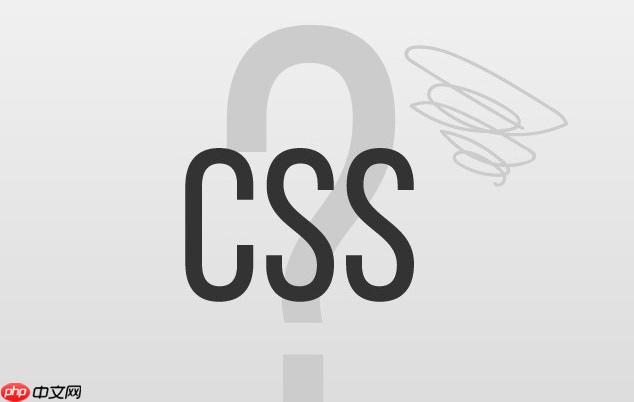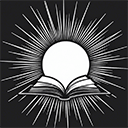答案:top、left、right 和 bottom 需配合 position 使用,分别设置元素相对于包含块的偏移距离,其中 position 为 relative、absolute 或 fixed 时生效,常用于精确定位布局。

在css中,top、left、right 和 bottom 是用于定位元素的偏移属性。它们不会对普通文档流中的元素起作用,只有当元素的 position 属性设置为 relative、absolute 或 fixed 时才会生效。
1. 定位上下文与 position 的关系
使用 top、left、right、bottom 前必须先设置元素的 position 属性:
- position: relative:相对于元素原本的位置进行偏移,不脱离文档流。
- position: absolute:相对于最近的已定位(非 Static)祖先元素进行定位,脱离文档流。
- position: fixed:相对于视口(浏览器窗口)定位,常用于固定导航栏等。
2. 各属性的作用
这些属性定义元素边缘距离其包含块对应边的距离:
- top:元素上边缘距离包含块上边缘的距离。
- bottom:元素下边缘距离包含块下边缘的距离。
- left:元素左边缘距离包含块左边缘的距离。
- right:元素右边缘距离包含块右边缘的距离。
3. 实际用法示例
下面是一个使用 absolute 定位将元素放置在父容器右上角的例子:
立即学习“前端免费学习笔记(深入)”;
.parent { position: relative; width: 300px; height: 200px; border: 1px solid #ccc; } .child { position: absolute; top: 10px; right: 10px; width: 50px; height: 50px; background-color: blue; }
这里 .child 元素会出现在 .parent 内部距离上方 10px、右侧 10px 的位置。
4. 注意事项
- 如果同时设置 left 和 right,且 width 固定,浏览器会根据书写方向(LTR/RTL)决定优先级。
- 对于绝对定位元素,可以只设置部分属性(如只设 top 和 left),未设置的方向可能由内容或其它样式决定大小。
- 使用 top: 0; right: 0; bottom: 0; left: 0; 并配合 margin 可实现居中或铺满效果。
基本上就这些。只要记得先设 position,再用偏移属性控制位置,就能灵活布局。


